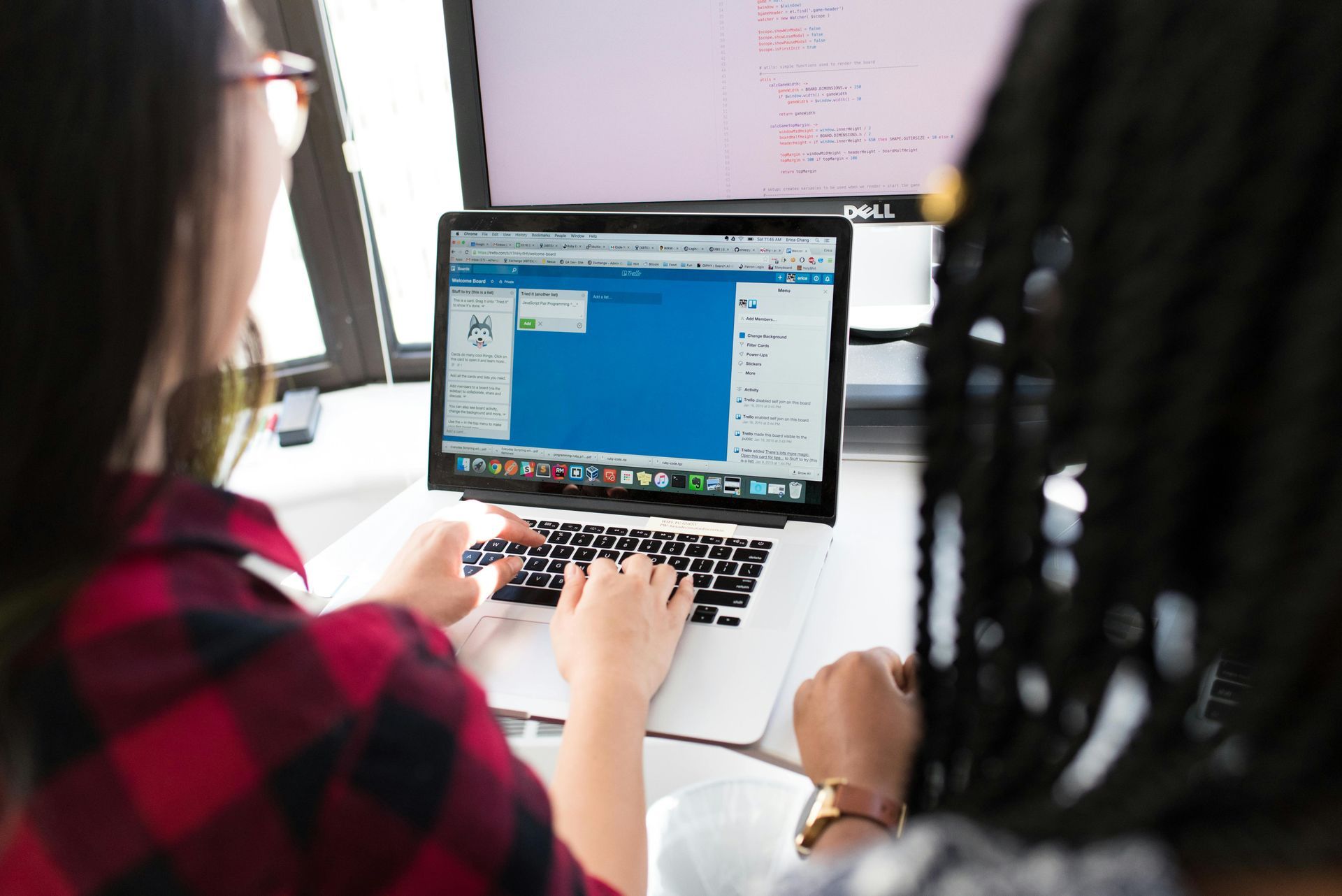How Fiber Internet Fuels Innovation in Education

The Future of Learning Requires Future-Ready Infrastructure
From K–12 classrooms to college campuses and continuing education platforms, the way we learn has evolved dramatically. Chalkboards and textbooks have been replaced—or at least supplemented—by video lessons, digital textbooks, real-time collaboration tools, and cloud-based learning management systems. But to unlock the full potential of these tools, one thing is essential: reliable high-speed internet.
Fiber-optic connectivity delivers the speed, bandwidth, and reliability today’s education systems need. At Velofi, we understand that investing in fiber infrastructure isn’t just about providing better service—it’s about creating access, equity, and opportunity in education. That’s why, as we enter the new academic year this September, we’re putting a spotlight on how fiber internet fuels innovation in learning.
1. Supporting Digital Classrooms at Every Level
Modern classrooms are increasingly digital. Students access coursework through portals like Google Classroom, Canvas, or Blackboard. Teachers use tools like Zoom, Kahoot!, and Padlet to enhance engagement. But none of it works without a solid internet connection. Fiber ensures:
- Fast upload/download speeds for sharing content
- Low latency for smooth live-streamed lessons
- Simultaneous connections across multiple devices
In homes with multiple students or parents working remotely, bandwidth demand can skyrocket. Fiber handles these needs effortlessly, ensuring no student falls behind due to poor connectivity.
2. Expanding Access to Remote and Hybrid Learning
Even after the pandemic, remote and hybrid learning options continue to grow. Students in rural areas, students with disabilities, and adult learners benefit enormously from flexible learning environments. However, remote learning only works if the connection does. Fiber makes remote education:
- Reliable: Less buffering and fewer dropped connections
- Accessible: More families can participate, especially in underconnected communities
- Scalable: Supports high-definition video, virtual labs, and real-time feedback tools
3. Empowering Teachers with Better Tools
Educators are also beneficiaries of fiber internet. They can:
- Host virtual office hours and tutoring sessions
- Upload lesson plans and assessments instantly
- Use dynamic content such as videos, simulations, and interactive presentations
With stable internet, teachers can spend more time teaching and less time troubleshooting tech issues. That improves the quality of instruction and enhances learning outcomes.
4. Enabling Innovation in Higher Education and Research
Universities and technical schools need high-speed internet not only for lectures but for research, collaboration, and data-intensive programs. Fiber supports:
- Real-time collaboration with institutions around the world
- Access to cloud-based research databases and high-performance computing tools
- Innovation labs and entrepreneurship centers connected to global networks
Investing in fiber connectivity helps institutions remain competitive, attract top talent, and push the boundaries of innovation.
5. Closing the Homework Gap
The "homework gap" refers to the digital divide that leaves students without adequate internet access at a disadvantage. In some households, limited connectivity means students can’t complete assignments, attend virtual tutoring, or study online. Fiber helps close that gap by:
- Offering consistent, high-speed access regardless of time of day
- Supporting public Wi-Fi zones for students without home internet
- Enabling community-wide digital equity initiatives
Velofi’s Role in Educational Empowerment
At Velofi, we don’t just connect schools. We work with developers, municipalities, HOAs, and community leaders to create education-ready neighborhoods. Our fiber networks are built to support residential, commercial, and public sector users alike, ensuring students and teachers have the tools they need, whether they’re in the classroom or learning from home.
Our services include:
- Infrastructure design and trenching
- Scalable bandwidth to meet district-wide demands
- Redundant systems to support mission-critical education platforms
- Consultation with school boards and IT departments
Conclusion: Build the Infrastructure that Builds the Future
Education is one of the most powerful tools for personal and community growth—but it can only thrive with the right infrastructure in place. Fiber internet isn’t just a utility. It’s an educational lifeline.
This September, as schools reopen and students return to learning, Velofi remains committed to powering academic success through future-proof fiber networks.
Because better learning starts with a better connection.
